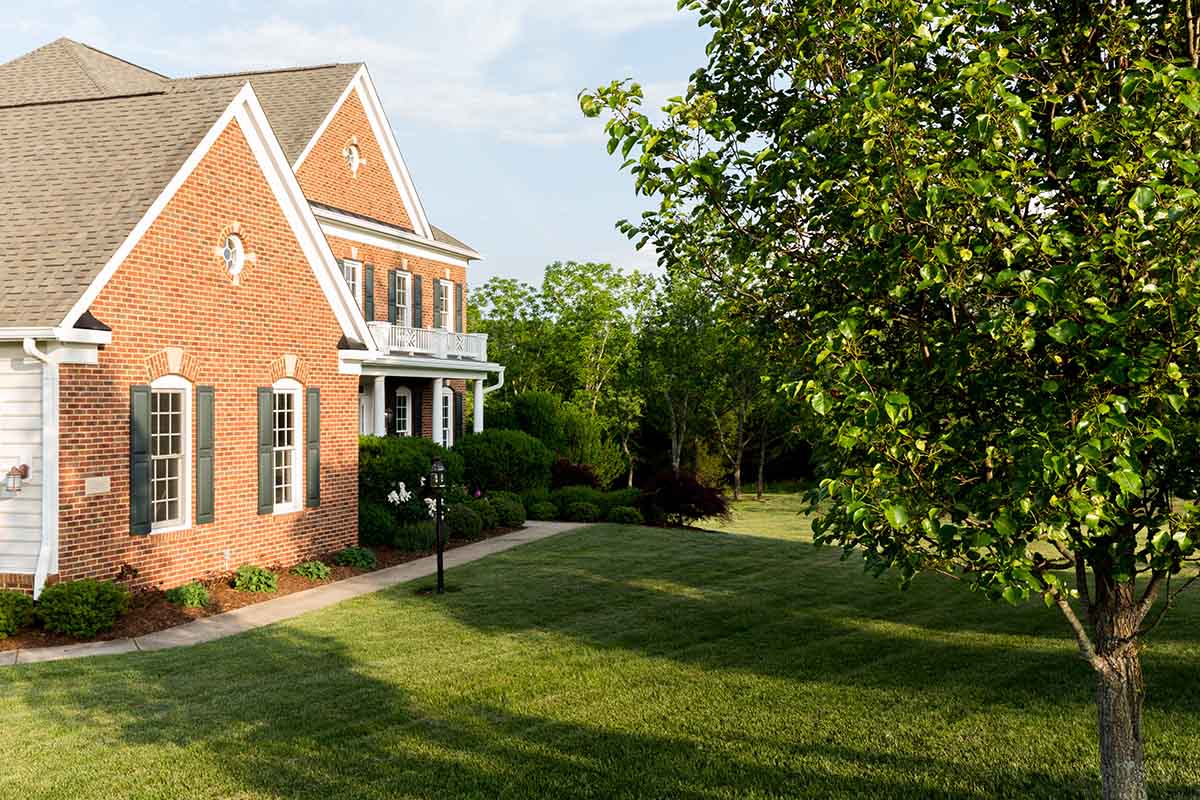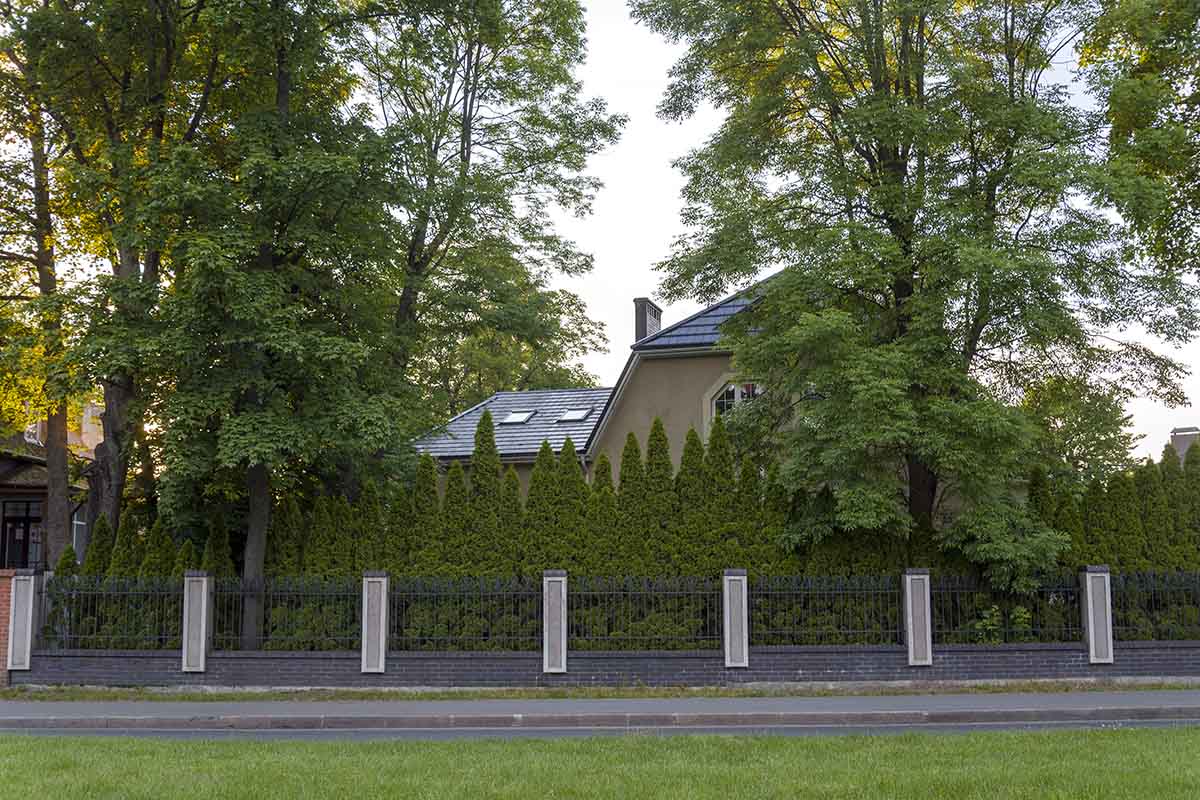Trees, nature’s magnificent architects, bless us with their myriad benefits, from purifying the air we breathe to enhancing the beauty of our surroundings. Yet, as much as we cherish their presence, we must also recognize that they can occasionally pose risks to both people and property.
Understanding the delicate balance between the advantages and potential hazards trees bring, arborists have emerged as guardians of our urban forests. Through meticulous tree risk assessment, they strive to ensure the public’s safety and preserve these vital green spaces. In the following pages, we will delve into tree risk assessment, exploring the techniques and methods these skilled professionals use to identify and mitigate potential dangers.
Join us as we embark on this journey to unravel the secrets of tree risk assessment and discover how it plays an indispensable role in nurturing a harmonious coexistence between humankind and the natural world.
Through this blog, we hope to shed light on the significance of this crucial practice, empowering us all to become stewards of our urban forests and embrace a safer, healthier future. Let’s delve into the world of arboriculture and unlock the secrets within the branches and leaves of our beloved trees.
Tree Risk Assessment: Why It’s Crucial and How Arborists Do It: Understanding Tree Risk Assessment
In arboriculture, tree risk assessment serves as a crucial tool in safeguarding public safety and property. This assessment involves a thorough evaluation of trees to identify potential hazards they may pose and gauge the level of risk they present to their surroundings.
The primary objective lies in pinpointing hazardous trees that could lead to accidents or property damage, enabling informed mitigation and management decisions. Countless real-life instances have underscored the importance of accurate tree risk assessment.
From falling branches causing injuries to trees toppling during storms, the consequences of poorly assessed trees can be devastating. The significance of proactive risk assessment cannot be overstated, as it plays a vital role in legal and insurance matters.
Many insurance companies now mandate tree risk assessment as part of their risk management protocols, acknowledging its potential to minimize liability issues and mitigate financial losses. Understanding tree risk assessment is a responsibility of arborists and property owners and a collective endeavor to ensure a safer and more resilient urban environment.
Factors Affecting Tree Stability
Understanding the factors that affect a tree’s stability is essential for arborists, urban planners, and homeowners alike. Two fundamental aspects that influence tree stability are its species and age. Different tree species exhibit varying levels of resilience and susceptibility to diseases or defects, while older trees may face unique challenges in maintaining their stability.
However, a tree’s health and vitality are paramount regardless of species and age. A healthy tree can withstand environmental stresses and fend off pests and diseases, contributing significantly to its overall stability.
Yet, even healthy trees can harbor hidden dangers if structural defects and signs of decay are present. These issues, such as cracks, cavities, and deadwood, can severely compromise a tree’s stability and pose safety risks. Therefore, conducting regular assessments and arborist services to identify and address these potential hazards is essential, ensuring the coexistence of trees and humans in a harmonious and secure environment.
Methods and Techniques for Tree Risk Assessment
Tree risk assessment is crucial in identifying potential hazards and mitigating risks. The process often starts with a Visual Tree Assessment (VTA), where skilled arborists meticulously inspect trees for any visible signs of defects, pests, diseases, or stress. But as technology advances, so does the arsenal of methods and techniques at their disposal. Advanced diagnostic tools have become invaluable in this pursuit.
Modern tools like sonic tomography and seismograph are now used to delve deeper into a tree’s internal structure, providing arborists with more accurate insights into decay and structural integrity. Moreover, arborists have turned to tree-climbing techniques and aerial inspections via drones when dealing with towering trees or those in challenging locations.
These innovative approaches allow them to assess trees in hard-to-reach areas, comprehensively evaluating potential risks. As we embrace these cutting-edge methods, we enhance our ability to preserve the natural beauty of our surroundings while safeguarding public safety.
Mitigation and Risk Management
One of the essential practices for your garden is regular tree pruning and maintenance, which stands as a powerful tool to diminish potential risks proactively. By carefully removing hazardous branches and nurturing tree health, we not only prevent potential accidents but also ensure the longevity and vitality of these green companions.
However, while risk management is essential, we must also remember the ethical considerations surrounding tree removal. It should only be contemplated as a last resort when no other options are viable, and the tree poses an unmanageable risk. In such cases, our decisions must be rooted in compassion and understanding the value these trees hold for our environment and communities.
That’s why community engagement in tree risk assessment is crucial. Involving the community fosters a sense of ownership and shared responsibility for tree safety, ensuring that decisions are made collectively and reflect the values of our neighborhoods. By embracing these principles, we can create harmonious spaces where humans and nature can thrive.
Conclusion
Tree risk assessment is crucial for public safety and preserving urban forests. Arborists play a vital role in identifying hazards and fostering a harmonious coexistence between humans and nature. Proactive risk management and community engagement are essential for a safer and more resilient environment.




















